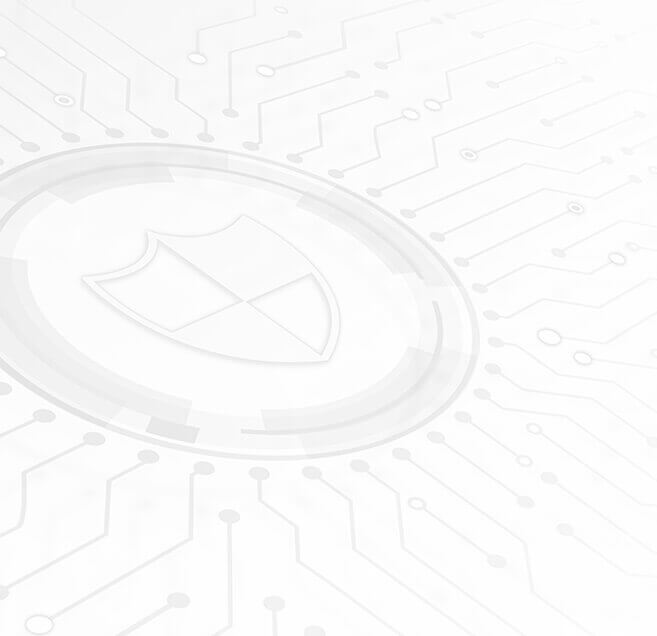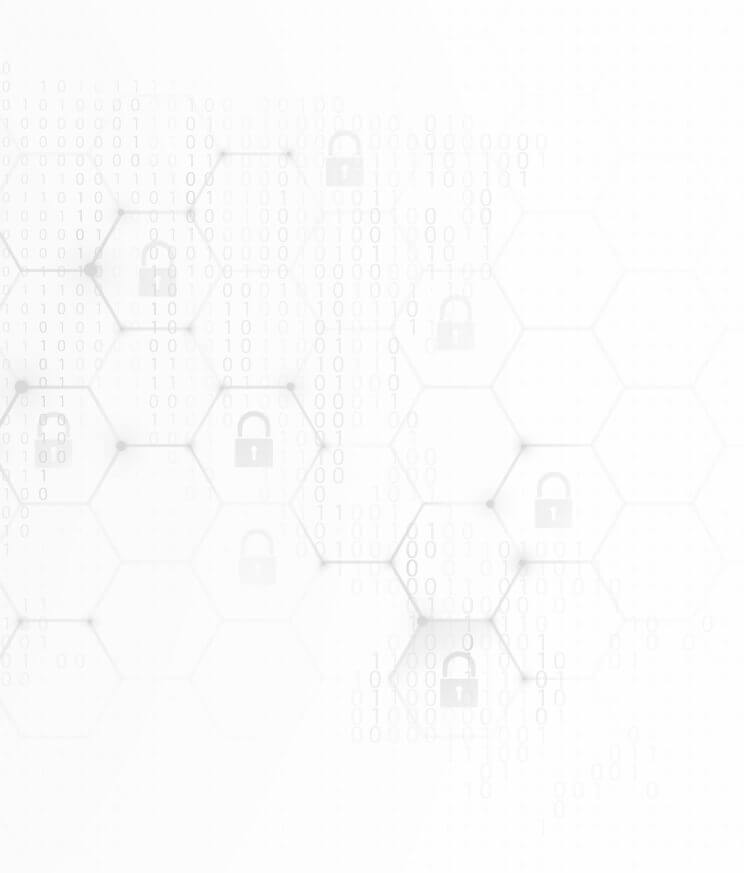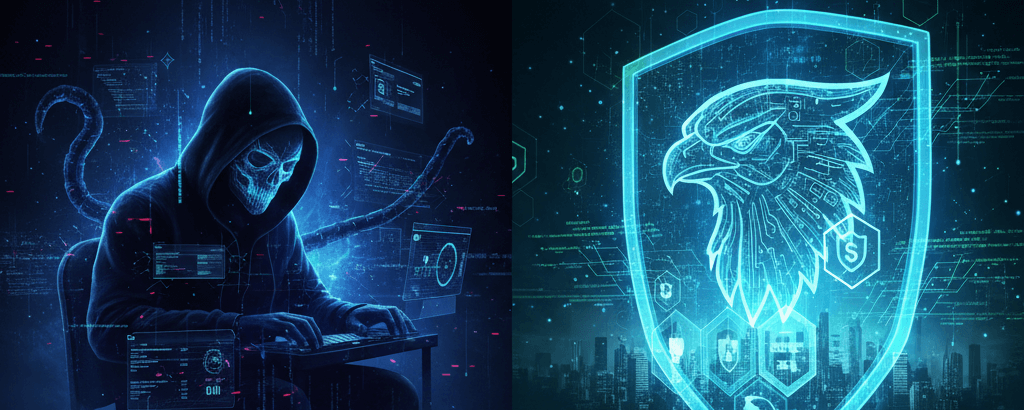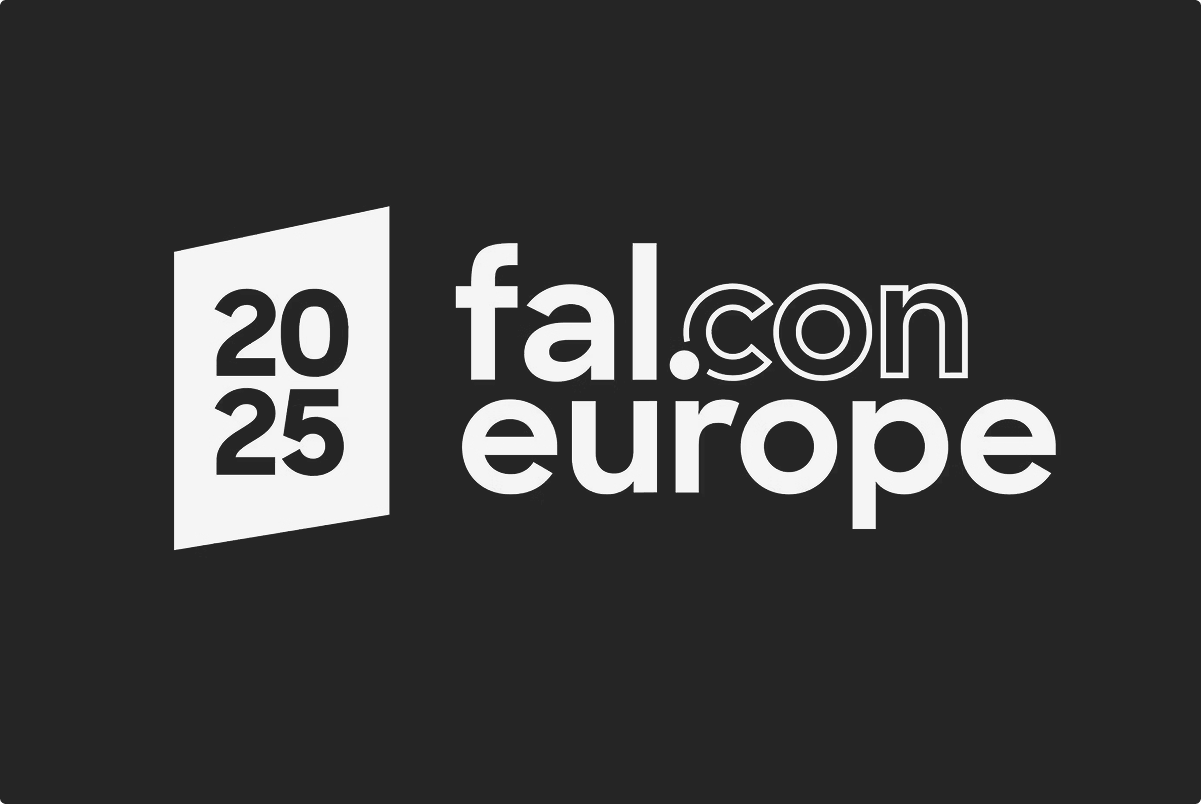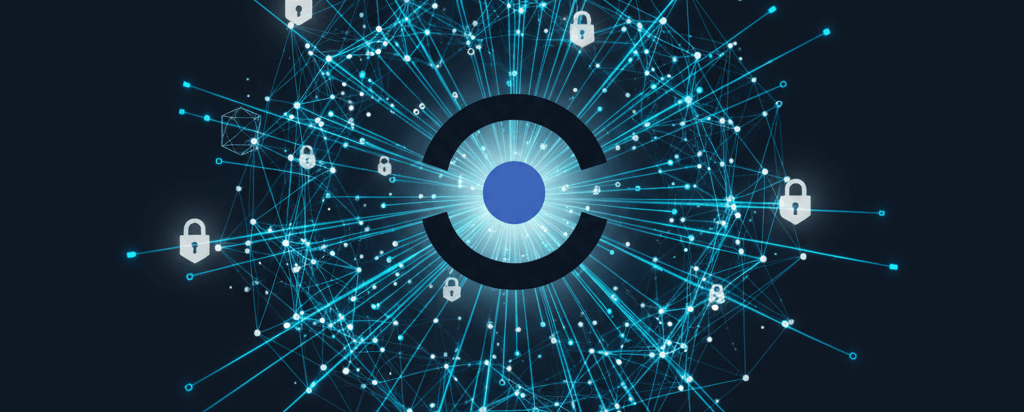
The world is rapidly embracing renewable energy, with solar panels adorning rooftops and vast wind farms dotting landscapes. This shift towards a greener future is commendable, but it also introduces a new frontier of vulnerability: cyber threats. As more renewable energy devices become interconnected, the potential for devastating cyberattacks increases, necessitating a robust and proactive approach to cybersecurity.
The Interconnected Web: A Growing Attack Surface
The very efficiency and innovation driving the renewable energy sector also present its Achilles’ heel. Modern solar inverters, wind turbines, smart grids, and even electric vehicle charging stations are no longer isolated units. They are sophisticated, internet-connected devices that constantly communicate data and receive commands. This intricate web of interconnected operational technology (OT) and information technology (IT) systems, while enabling unprecedented control and optimisation, simultaneously creates a vastly expanded attack surface for malicious actors.
Consider the sheer volume of IoT (Internet of Things) devices alone, projected to reach billions globally within a few years. A significant portion of these are, or will be, integral to renewable energy infrastructure. Each connected device, from a residential smart meter to a utility-scale wind turbine’s control system, represents a potential entry point for cybercriminals.
Key Cyber Threats Facing Renewable Energy
The renewable energy sector faces a spectrum of cyber threats, many of which mirror those seen in other critical infrastructure sectors, but with potentially more severe physical consequences:
- Ransomware Attacks: A pervasive threat, ransomware can cripple operations by encrypting critical data or control systems, with attackers demanding payment for the release of the data. Imagine a wind farm’s entire control system being locked down, halting energy production and impacting grid stability.
- Malware and Advanced Persistent Threats (APTs): Malicious software can infiltrate systems to disrupt operations, steal sensitive data, or cause widespread damage. Nation-state actors and sophisticated criminal groups often employ APTs to gain long-term, undetected access to critical infrastructure, including energy grids, for espionage or sabotage.
- Phishing and Social Engineering: Often the initial gateway for larger attacks, phishing attempts trick employees into revealing sensitive information or downloading malicious software. A single compromised credential can compromise an entire network.
- Distributed Denial of Service (DDoS) Attacks: These attacks overwhelm networks with excessive traffic, causing system failures, downtime, and operational paralysis. For a smart grid, a sustained DDoS attack could disrupt real-time monitoring and control, potentially leading to cascading failures and widespread blackouts.
- Supply Chain Vulnerabilities: The reliance on third-party vendors for software, hardware components, and cloud services introduces inherent risks. A compromise in a supplier’s system can grant attackers access to the renewable energy infrastructure itself, as seen in incidents where rogue communication devices have been found in critical components.
- Data Tampering and Manipulation: Attackers can manipulate data related to energy readings, billing, or operational parameters, resulting in financial losses, equipment damage, or grid instability.
- Physical Security Breaches with Cyber Implications: While seemingly distinct, physical intrusions can facilitate cyberattacks. Unsecured access to a remote wind turbine, for example, could enable an attacker to directly connect to internal networks.
- Emerging Technologies: The rise of technologies like artificial intelligence, blockchain and post-quantum computing will introduce new vulnerabilities while also offering solutions to existing issues.
- Regulatory Compliance Challenges: The regulatory landscape regarding cybersecurity in renewable energy, in regulations such as the NERC CIP, is adding to the compliance pressures companies face.
The Real-World Impact
The consequences of a successful cyberattack on renewable energy infrastructure extend far beyond financial loss. They can include:
- Grid Instability and Blackouts: The most alarming potential outcome is that a coordinated attack could disrupt the energy supply to homes, businesses, and critical services, such as hospitals.
- Reputational Damage and Loss of Public Trust:Incidents of disruption or data breaches can erode public confidence in renewable energy as a reliable and secure power source.
- Regulatory Penalties and Fines: Governments and regulatory bodies are increasingly tightening cybersecurity requirements for critical infrastructure, and non-compliance can result in severe penalties.
- Intellectual Property Theft: Sensitive design specifications, operational data, and proprietary technologies are all valuable targets for industrial espionage.
Mondas: Securing the Green Grid
The intricacies of modern renewable energy systems necessitate a comprehensive and specialised approach to cybersecurity, and that’s precisely where Mondas excels. With a deep understanding of the unique challenges faced by the rapidly evolving renewable energy sector, marked by increasing digitalisation and the critical nature of its services, Mondas stands out as a beacon of security.
Mondas offers advanced threat protection services meticulously crafted to minimise cyber risk, enhance privacy, and ensure compliance with industry standards. They bring the high-end security solutions traditionally reserved for large corporations within reach of a wider audience, delivering tailored offerings that reflect the specific needs and financial considerations of each client.
Their method involves conducting a thorough assessment of both IT and Operational Technology (OT) environments, pinpointing vulnerabilities, and formulating a detailed cybersecurity roadmap that prioritises risk and aligns with budget constraints. By blending expertise in strategic planning and design with cutting-edge cloud-based technologies, Mondas empowers renewable energy companies to establish strong defences against a constantly evolving threat landscape.
In our increasingly clean energy-dependent world, securing the networks that will power our future is not just important, it’s essential. Collaborating with experienced partners like Mondas allows the renewable energy sector to confidently advance its mission, reassured that its critical infrastructure is shielded from the ever-evolving threat of cyberattacks. With Mondas by their side, companies can focus on what they do best, delivering sustainable energy solutions, knowing their operations are safeguarded by top-tier cybersecurity.

